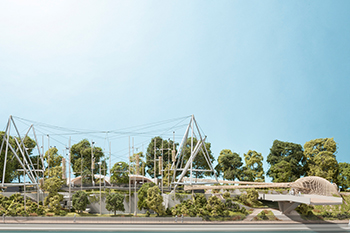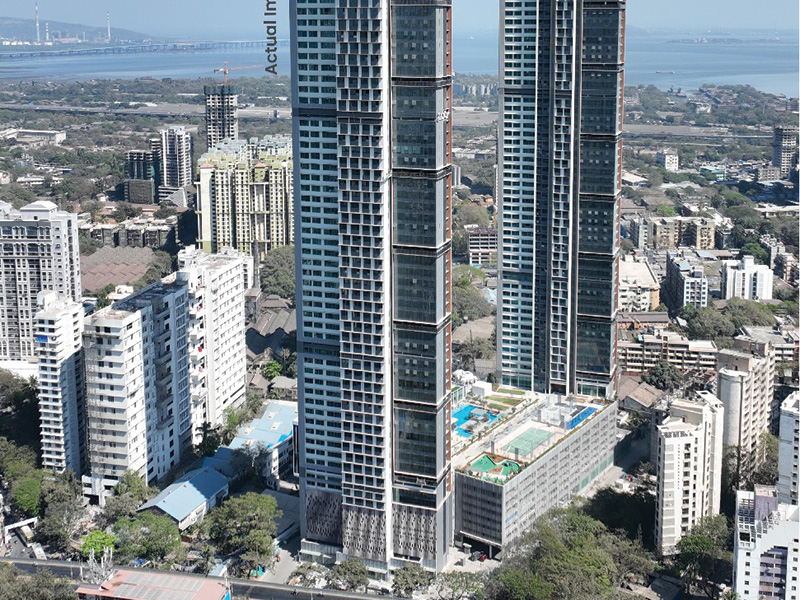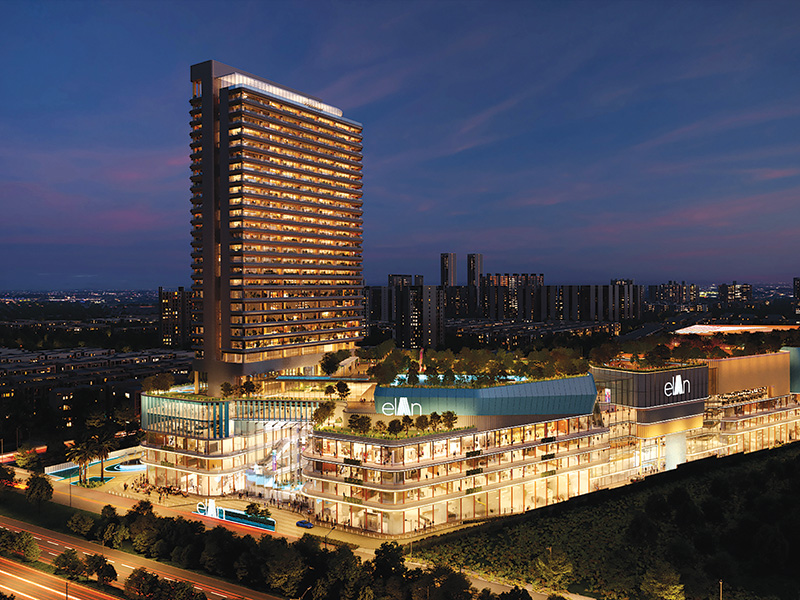
Norman Foster, Founder and Executive Chairman, Foster + Partners said, “The rebirth of the Snowdon Aviary continues our work with historical structures. It is about the fusion of the old and new, but also about repurposing this extraordinary structure. The brand-new walk-though home will allow it to extend its role for decades to come. It will ensure the preservation of an iconic structure and honour its distinguished authors from the past, while preserving a unique built example of Cedric Price’s work.”
The proposal also features an education and community space for Zoo visitors. Hosting upto 30 people, the indoor space will allow school groups to learn more about the colobus monkeys, their habitat and conservation, ZSL’s history and about the architectural legacy of the Zoo.
Zoological Director, Professor David Field said, “We’re delighted that the Council has recognised the value of the restoration of ZSL London Zoo’s Snowdon Aviary, and has granted us planning permission to carry out this exciting work. The new exhibit is set to be turned into a walk-through colobus monkey enclosure, which will give visitors a unique and up-close experience of the stunning primates. Our plans for the Aviary will both improve its use as an important habitat for our animals and ensure it serves as an educational hub for the millions of people who visit the Zoo to be inspired by wildlife - while recognising its heritage status and prominent position on the Regent’s Canal.”















